A couple hundred people weren’t preparing for the big game on Super Bowl Sunday. They were playing it. Oh, and I’m not talking about football.
On Feb. 5, five of the 19 quidditch teams in Florida (high school, community and college) competed in the first Florida Quidditch Conference of the season in Sarasota. To everyone on that field, including me, football took the backseat. It was broom time.
With the referees’ call of, “The snitch is released. Brooms up!” in Lee Jordan style, (the character in Harry Potter who was the Hogwarts quidditch commentator) the first two matches began. The first match we played was against Ringling College of Art and Design.
We didn’t win any games, but we did score against every team and we caught the snitch against UF, the second ranking team in the nation. Catching the snitch is a lot like catching it in the world of Harry Potter –– just without the magic.
Most people see it as the imaginary game from the Harry Potter series. But we who play quidditch in the real world would be willing to put that myth under the table. It’s a sport.
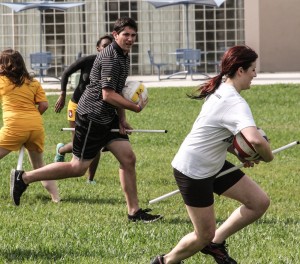
Quidditch has been growing around the world into an international sport, with teams both above and below the collegiate level. According to the The International Quidditich Association’s website, well over 600 quidditch teams already exist worldwide. In Florida, there are 19 teams. FAU isn’t on the list because we haven’t been around for long.
Alex Benepe, commissioner of the IQA, thinks we’re well on our way.
“I’m impressed with the professionalism and organization of the teams,” Benepe said. “The Florida teams are a very tight knit group but each team goes all out when playing. There is intense competition, but overall it’s a really mellow and nice community.”
The FAU quidditch team practices at 8 p.m. on Monday and Wednesday nights at the housing lawn and on Saturdays at 1 p.m. For more information if you can’t make it to a practice, check out FAU Quidditch on Facebook or visit internationalquidditch.org.
The first International Quidditch Association Tournament that FAU quidditch will be competing in is the 2012 Mardi Gras Carnival Cup in Baton Rouge, La., Feb. 18-19.
___________________________________________________________________________________________
Quidditch for Dummies:
How do you play quidditch if you can’t fly?
Imagine a sport that is a mixture of every hard-contact sport you can think of, and you’ll have quidditch if you just add a broom or, in our case, a PVC pipe between your legs.
Is quidditch a real sport?
Yes. Just because we’re running around on broomsticks, and the game is based on the one from Harry Potter, it doesn’t mean it’s not a real sport. Like soccer, we have goals that we protect and like basketball, it’s our job to put the ball through one of the hoops. Not to mention, it can remind you of football at any given point.
How many balls are there?
In total, there are five balls in play.
A quaffle, which is a slightly deflated volleyball, is passed between the chasers of the team in order to pass it though one of the three hoops to gain points.
The snitch is not the small little golden ball from the books and movies, but a tennis ball in a sock or pouch that is attached to the back of the snitch player’s pants.
The bludgers are three dodge-balls that are used by the beaters to cause the ‘knock-out’ effect for chasers or other beaters, which causes them to have to get off their broom and run back to their hoops before getting back into the game.
How many positions are there?
Eight positions.
The snitch: A snitch’s job is to evade the seekers at all costs so that the ball attached to their pants similar to flag football does not get caught. These players are the losers in the sport because the game doesn’t end until the snitch is caught.
The seeker: The job of the seeker is to go after the snitch and end the game, though catching the snitch does not necessarily win the game for the team.
The keeper: The keeper defends the hoops from the offending chasers much like a goalkeeper does for soccer.
The three chasers: The chasers’ goal is to get the quaffle and score goals by throwing the ball into one of the three hoops from either in front or behind.
The two beaters: The two beaters’ goal is to “knock out” the chasers and other beaters, which causes them to have to run back to the hoops, and touch or run around them, before getting back on their brooms.









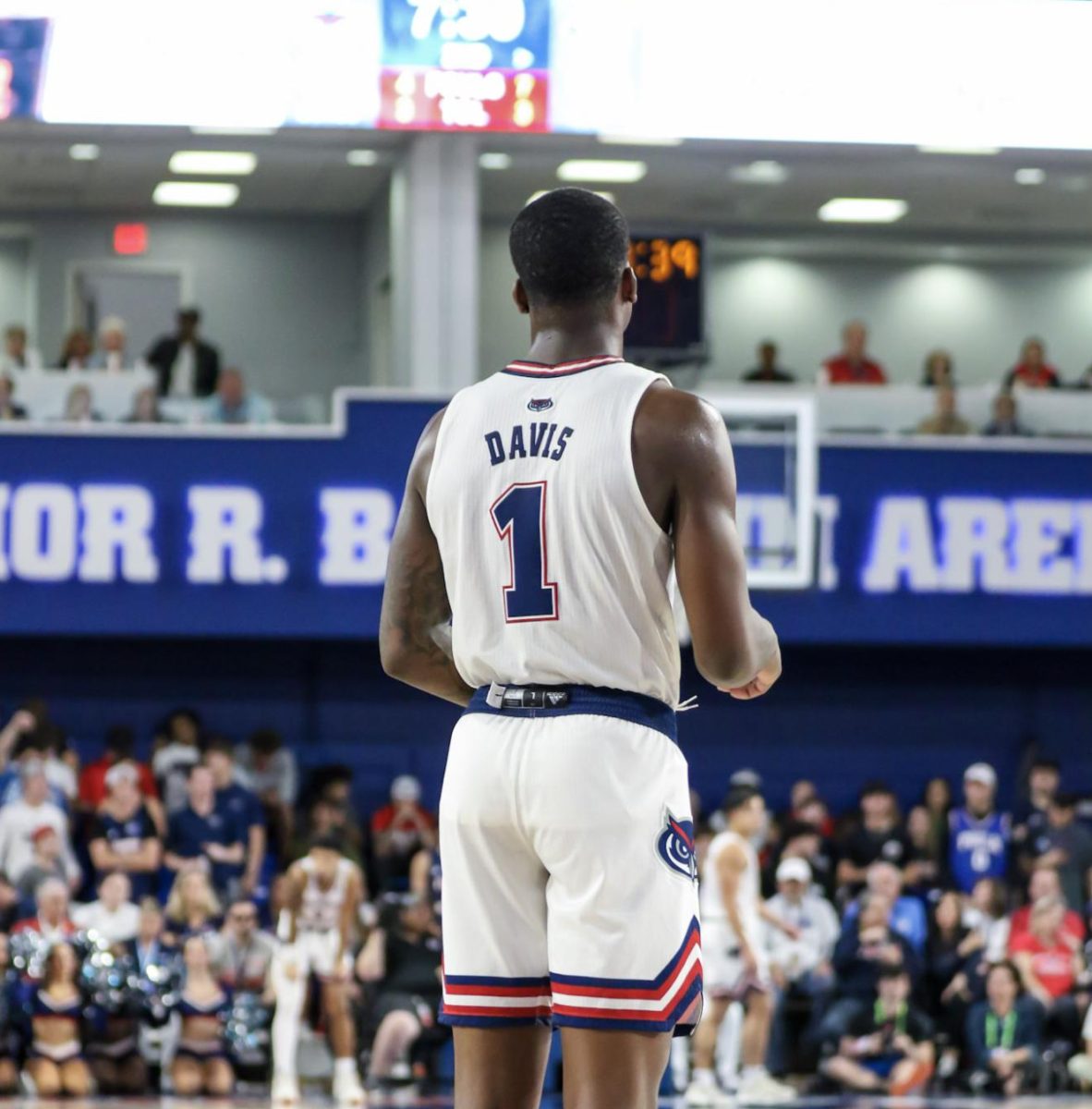
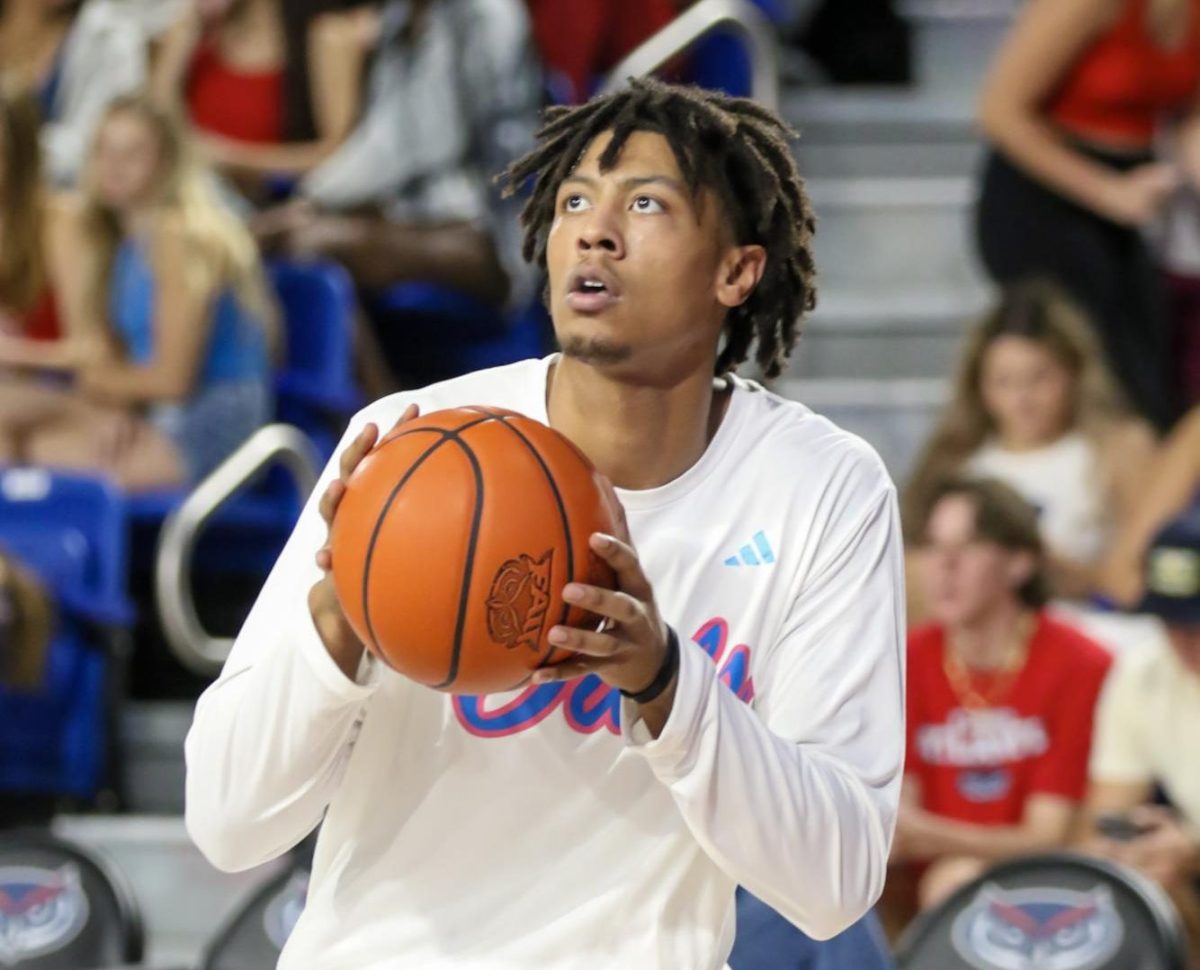
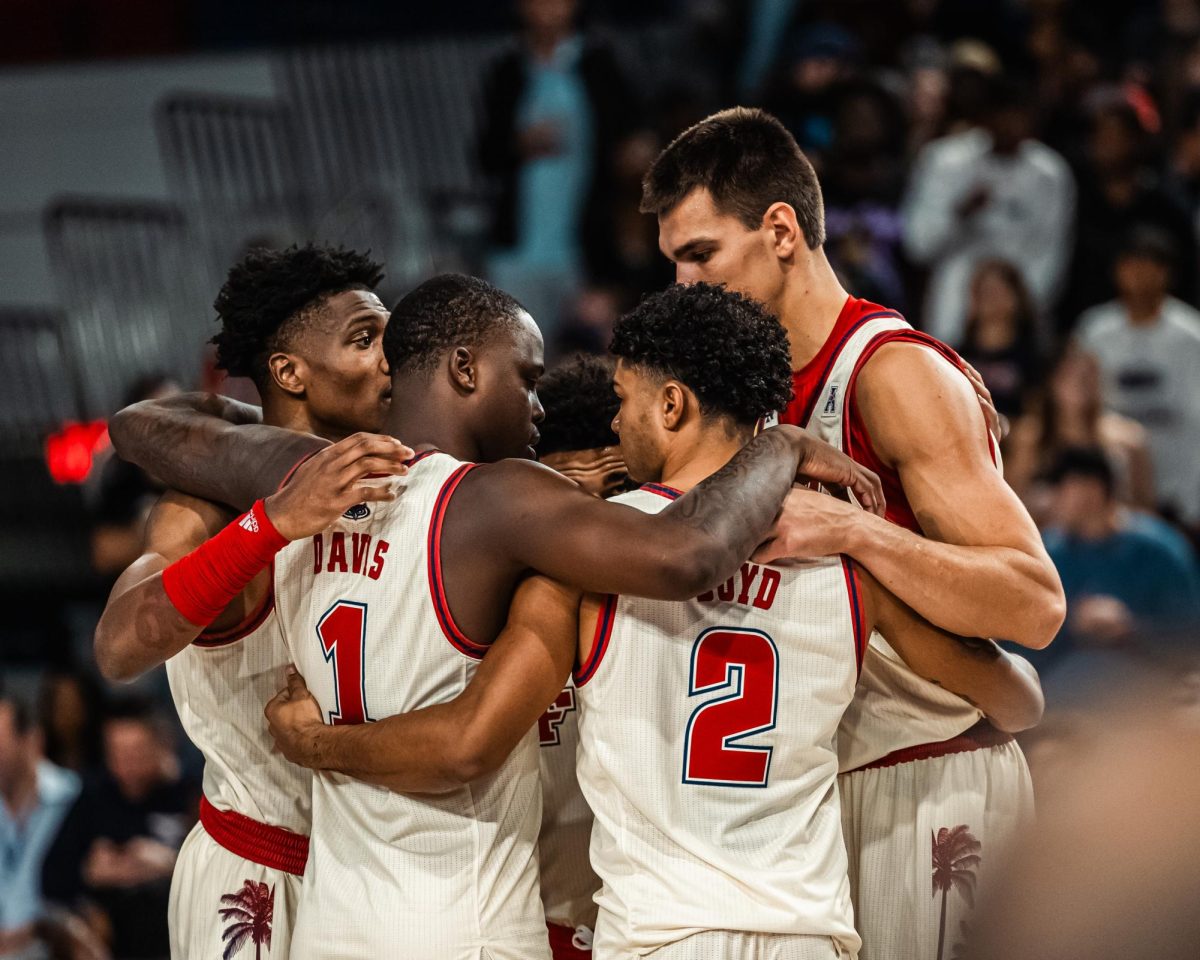

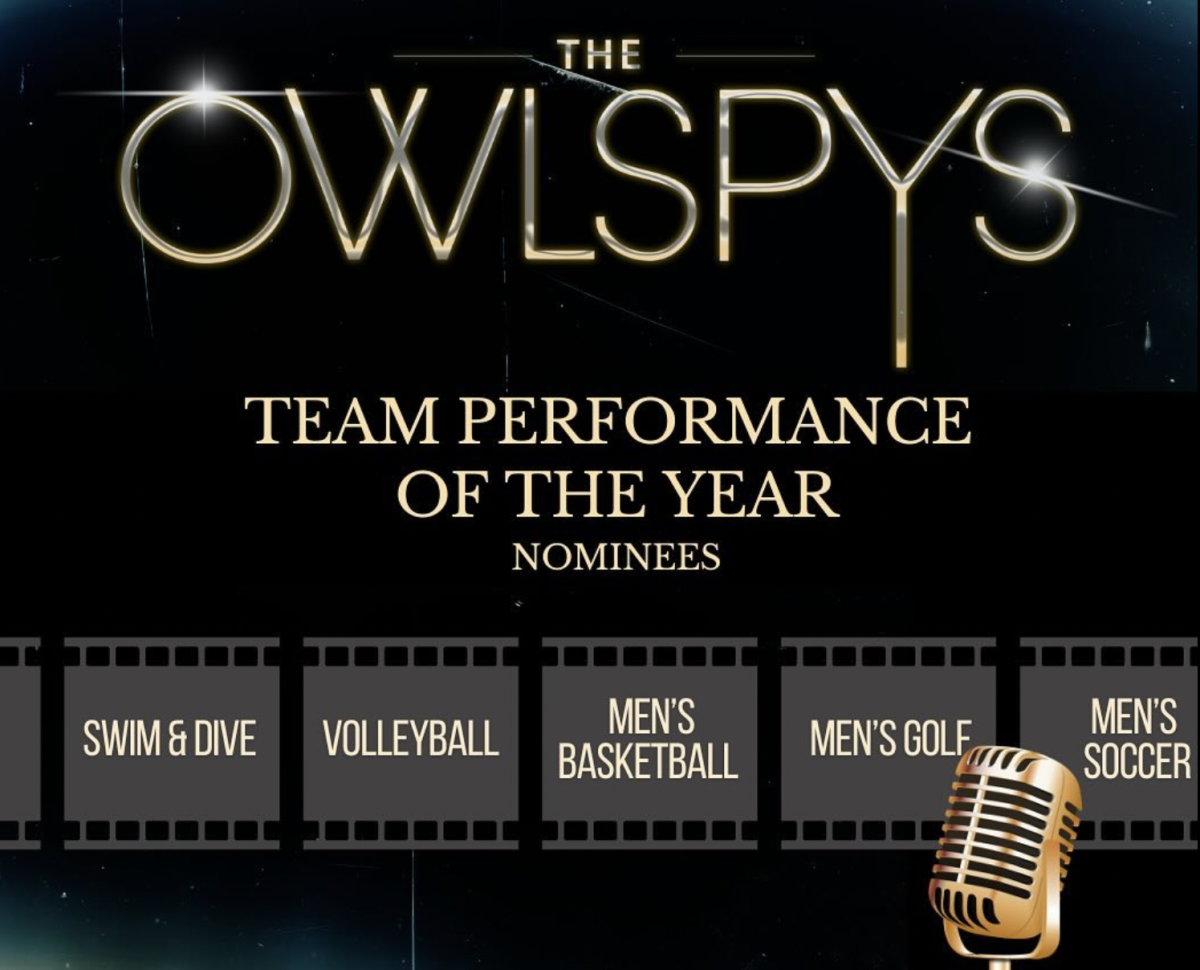


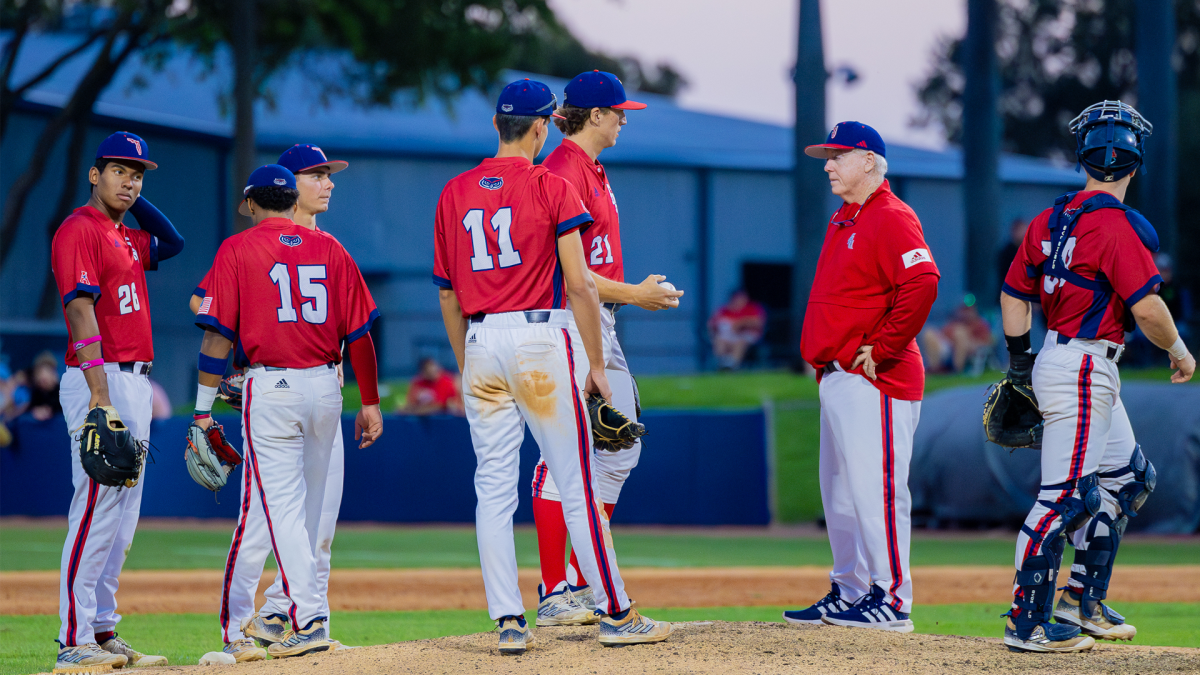


Markus Walhbergstein • Feb 16, 2012 at 11:44 pm
WTF is this shit
Dave • Feb 14, 2012 at 5:32 pm
Excellent work! Glad to see we finally have a Quidditch team at FAU!